New ways to control young cane toads
Current methods of toad control, like hand-collecting and trapping, work best on adults. The early stages of the cane toad's life history, after they transform from the tadpole stage and start to hop around on land, are difficult to control in these ways. They don't tend to go into traps (or if they do, they go straight out again, through the holes in the wire mesh) and it takes a lot of effort to pick up thousands of baby toads around the edge of a pond. Some people actually use portable vacuum cleaners for this purpose!
But there's another approach - these tiny little toads don't possess much poison, and so can be eaten by many native predators. Perhaps the wildlife can help us to control this size class of toads?
Contrary to popular opinion, many types of Australian native animals – including birds, rodents and invertebrates like insects and spiders – can eat cane toads without being affected by the toads’ poison. As a result, we might be able to reduce the abundance of toads by increasing the numbers of these predators. During her Honours research, Georgia Ward-Fear showed that baby cane toads are especially vulnerable to one of the common native predators that occurs at Fogg Dam (and indeed, is common over most of Australia); that these predators already kill thousands of small toads every year; and that there are simple ways to make these predators even more effective as toad-control officers.

Georgia Ward-Fear won a University of Sydney medal for her Honours research. Photo by Terri Shine.
Although many native predators can eat toads without dying, most of those species – including birds and snakes – don’t seem to enjoy having toads for lunch, so eat very few of them. But there’s an exception - the big “meat ants” – that are so common around the edges of waterbodies in tropical Australia. Georgia studied these ants at Fogg Dam, to see if we can use them to control toads. And her results were encouraging.
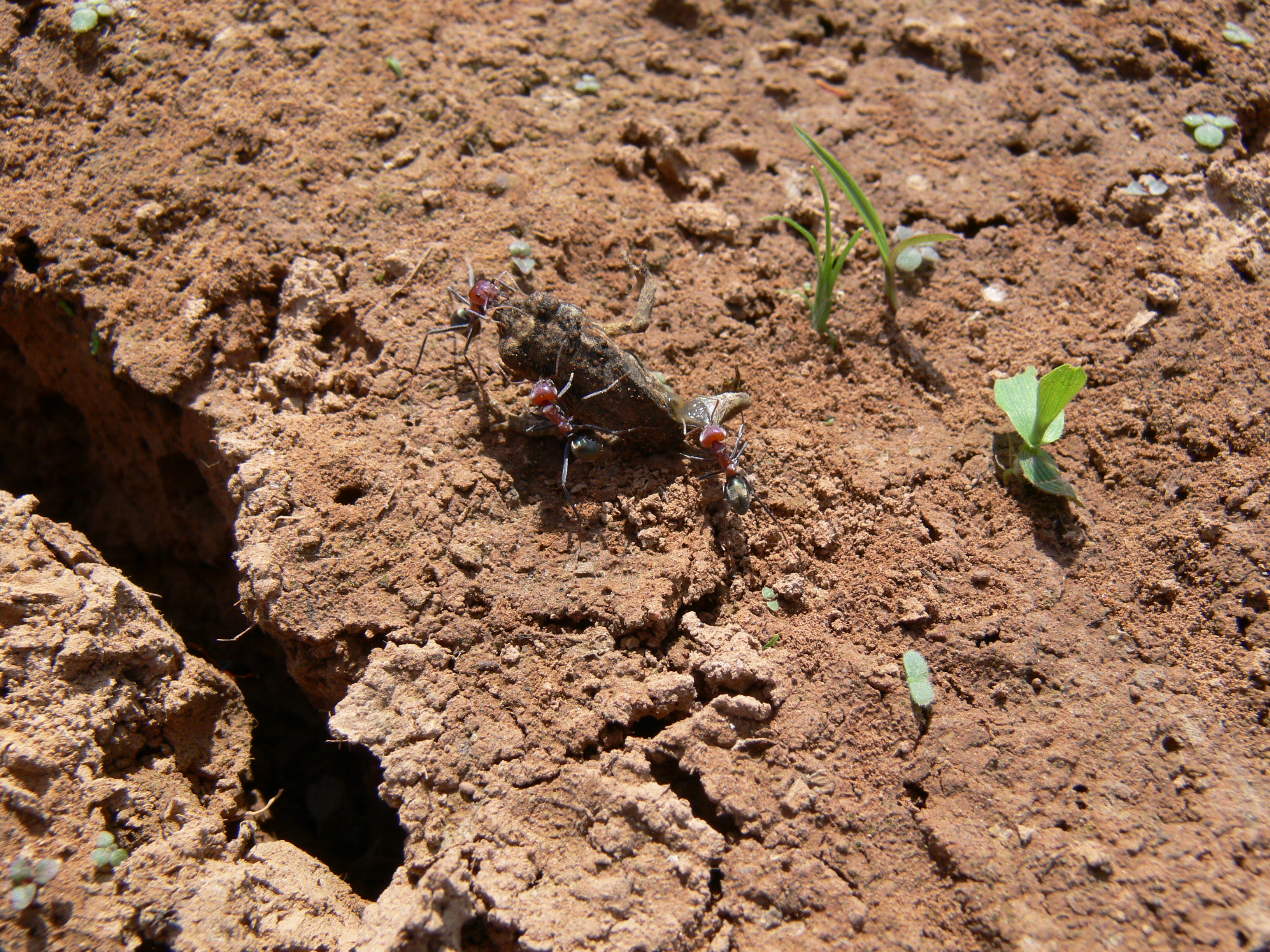
Meat ants, Iridomyrmex
reburrus, swarming over a baby cane toad. Photo by Georgia Ward-Fear.
Unlike young native frogs (which avoid ants), baby toads spend most of their time active by day in exactly the same places that the ants forage; and don’t hop away when an ant approaches. The reason for this foolish behaviour seems to be that because cane toads evolved in South America, they don’t have any history of encountering big predatory ants; and so haven’t evolved ways to deal with them.
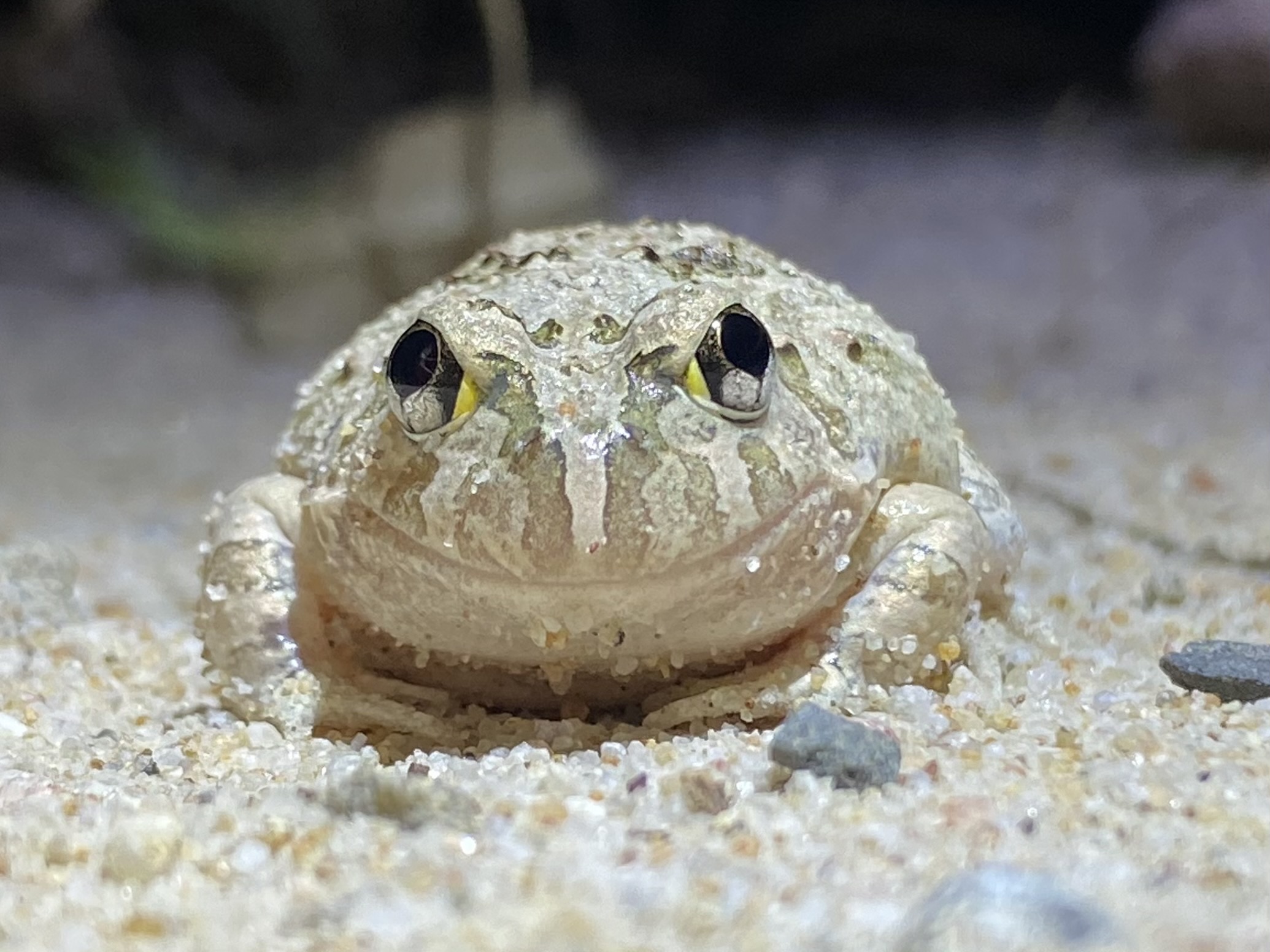
Young native frogs spend the day in places
where they won’t encounter meat-ants; and if they do see an ant, they hop away.
Toads are very different – they like the same places meat ants do, and don’t avoid
them – so are often eaten. Photo by Terri Shine.
Georgia spent many hours out in the hot sun-exposed edges of waterbodies, watching how ants and toads interact. She found that ants are very effective at capturing and killing the small toads as they emerge from the water. Even baby toads that “escape” from the ants often die within the next few hours, because they have been fatally wounded by the ants. In some of her trials, ants attacked and killed more than 90% of the toads near the water’s edge within a short period of time.
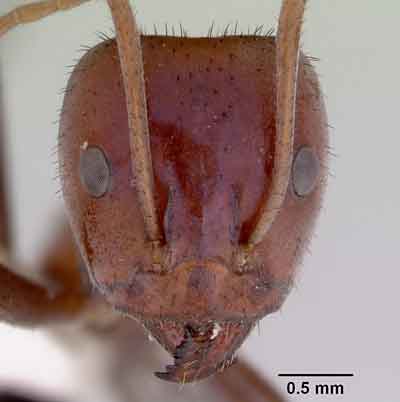
Meat ants, Iridomyrmex reburrus, are very effective toad-predators. Photo from www.antweb.org
Meat ants are probably an important control on toad numbers. If meat ants are common beside waterbodies at the critical times when small toads are emerging, they may kill most of the newly-emerging toads.
Clearly, we wouldn’t want to increase ant numbers if that caused problems for other native species – but so far this seems to be OK. There are very few other animals running around during the day at the open edges of these waterbodies – just ants and cane toads – and when we increased ant numbers by baiting, this didn’t increase the numbers of native species killed by ants. So it looks like the ants may play a low-risk, environmentally friendly role in cane toad control.
The same is true of some of our native insects and spiders also. Elisa Cabrera-Gusman (a graduate student with TEAM BUFO) found that water beetles and water bugs love to eat cane toad babies as well as tadpoles, and are not affected by the toads' poison. Some of these native insects prefer to feed on cane toads than on native frogs. One of the reasons why toad numbers seem to decline a few years after toads first arrive in a place, may be an increase in the numbers of hungry water-beetles in search of a tasty snack!
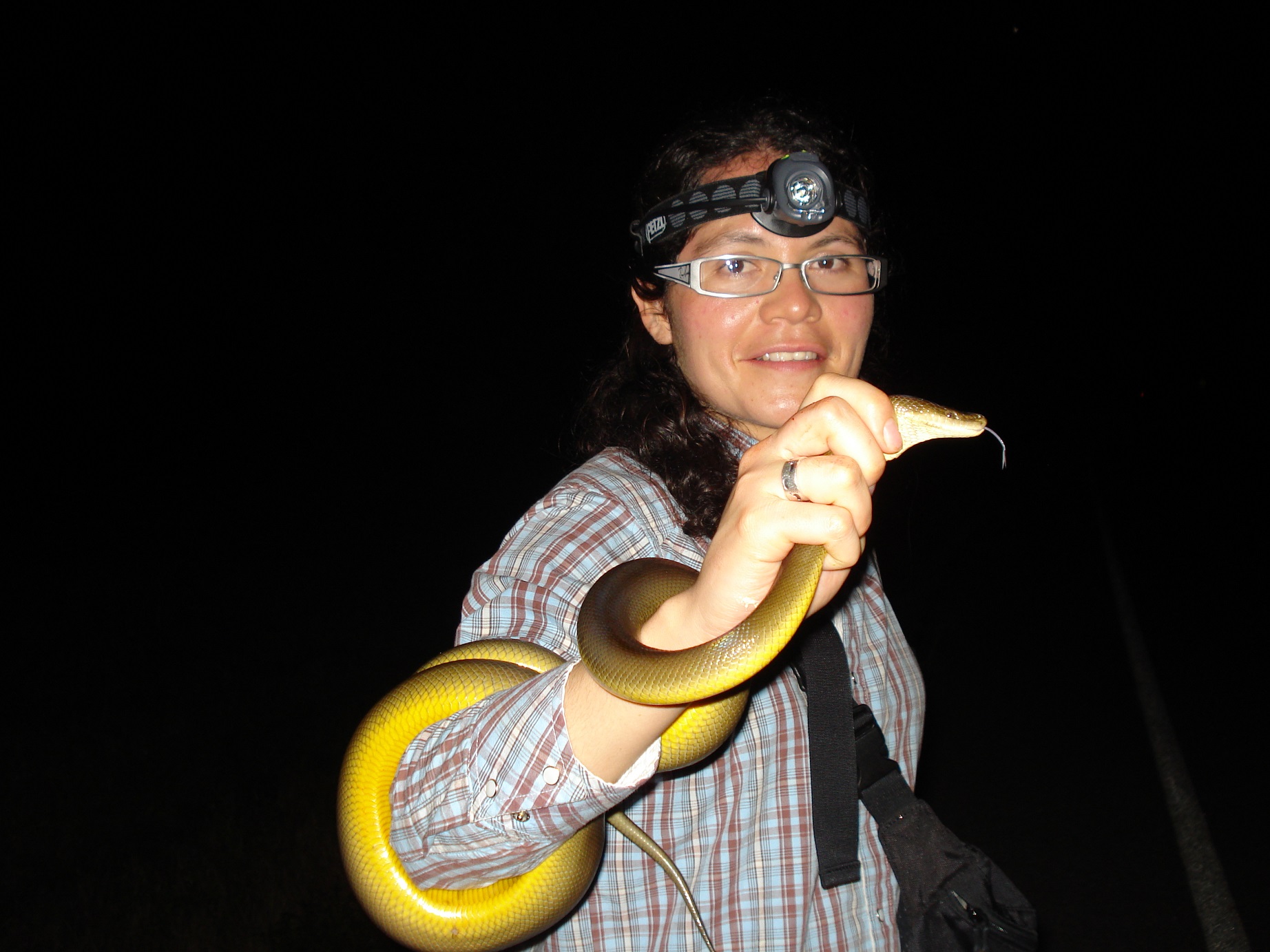
Like many members of TEAM BUFO, Elisa Cabrera-Guzman enjoys working with snakes as well as toads. Photo by Edna Gonzalez-Bernal.
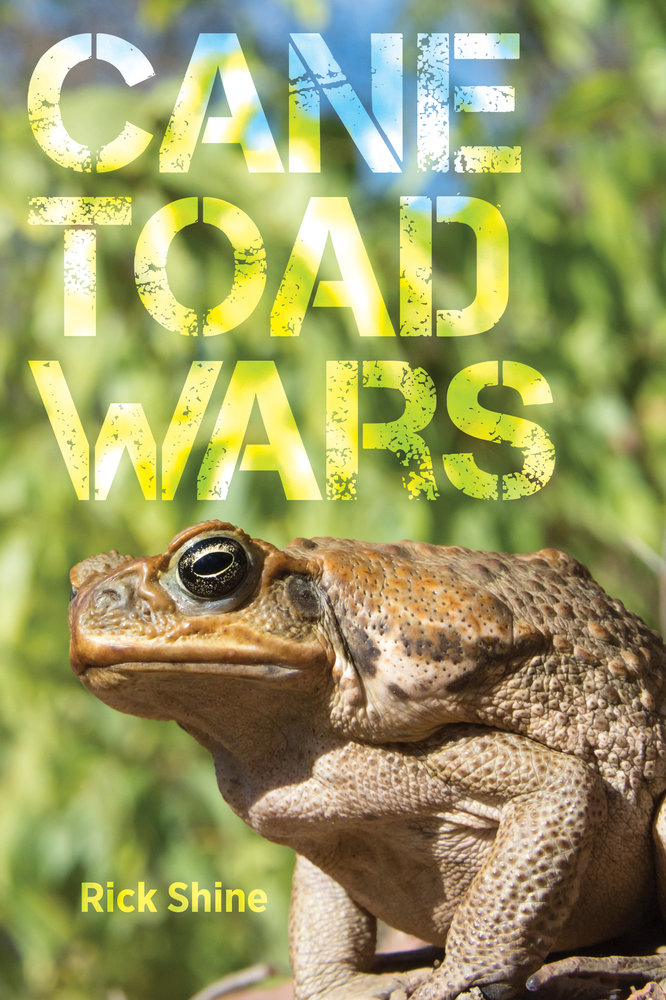
For the full story about the cane toad invasion of Australia, and what we can do about it, read Rick’s book “Cane Toad Wars” (published by University of California Press, 2018). The book is written for the general public, not for scientists, and is aimed at a wide audience. The book can be purchased through online bookstores like Amazon, or you can buy a copy through your local bookstore.
Return to Home Page
